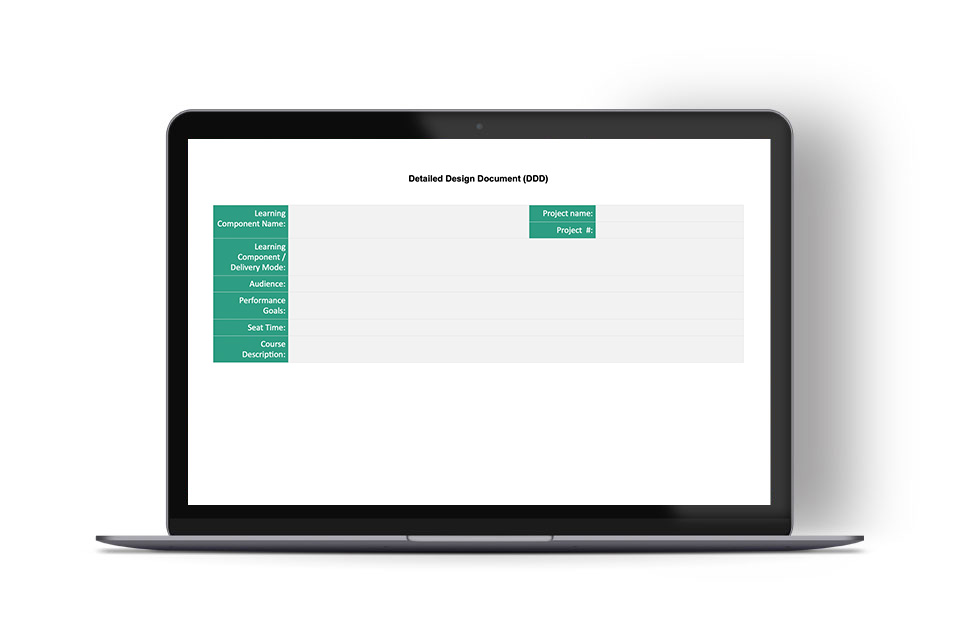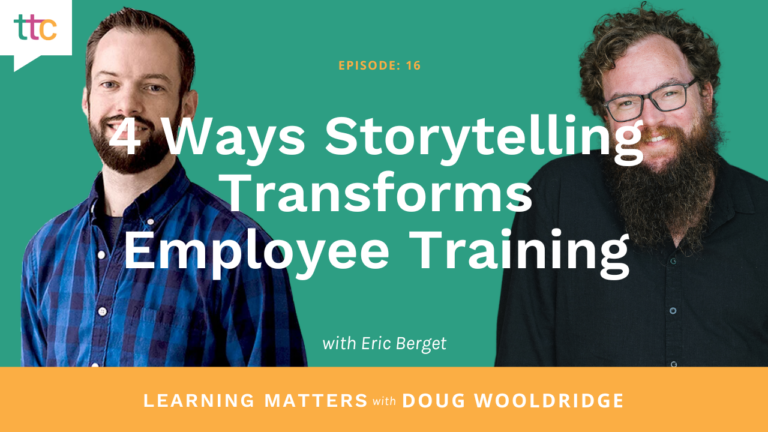Learning and Development (L&D) projects, especially those involving e-learning, are intricate journeys where effective risk management serves as the compass guiding you towards success. In this blog, we will delve into the five golden rules of risk management, or as we like to call them, the “5 A’s”.
Rule of Anticipation: Identify Risks Proactively
In the dynamic world of L&D projects, change is a constant. Even if the project scope remains consistent, the landscape can shift unpredictably. For example, a key stakeholder may suddenly have to step away, or company policy changes, requiring a project adjustment. One effective way to anticipate risks is to break down a massive project into smaller, manageable deliverables or sub-projects. This not only makes it easier to assess risks in each component but also allows you to see how they might overlap. For instance, consider an e-learning project to train employees on a new software system. Anticipating potential risks, such as changes in software requirements or unexpected updates, can help you adapt your strategy as the project unfolds.
It’s also crucial to differentiate between effort and duration for effective risk management. Effort refers to the units of work time required to complete a task, often measured in hours, while duration encompasses the total time needed for task completion with any collaboration, often measured in days. Considering factors like team members’ personal time off, holidays, or other potential delays can prevent unexpected setbacks.
Rule of Assessment: Evaluate Risks Objectively
To manage risks successfully, it’s essential to evaluate them objectively. Visual tools like risk grids or lists, complete with associated probabilities, can help you assess and prioritize potential issues. For instance, consider a scenario where you are developing an e-learning course for a client. Your project team identifies a risk related to content approval. By plotting this risk on a grid alongside its likelihood and potential impact (e.g., high likelihood and high impact), you can immediately see that it’s a critical risk that needs close attention. By assessing risks in this manner, you can allocate resources to mitigate the most significant threats. Making the risks more visible can also help you in communication with your team and stakeholders.
Rule of Alleviation: Mitigate, Mitigate, Mitigate
The Rule of Alleviation emphasizes the importance of mitigation. When you identify a risk that is highly likely to occur, having a robust mitigation plan in place is essential. Let’s return to our e-learning project scenario. One potential risk you’ve identified is a delay in content approval due to unforeseen circumstances. To alleviate this risk, you might create a detailed design document with built-in buffer time to account for any unexpected delays.
Effective mitigation strategies might also include negotiating with your client for a more flexible content approval process or exploring alternative content sources to reduce dependency on a single source. As Claire Cook once said, “If Plan A does not work, there are 25 more letters in the alphabet.” The more you can reduce dependencies in a project, the better your chances of success.

FREE Download!
Download our FREE “Detailed Design Document Template” to develop and deliver thorough and effective classes.
Rule of Articulation: Communicate Clearly and Proactively
Clear and honest communication with stakeholders is a cornerstone of effective risk management. Project managers should schedule stakeholder meetings and openly discuss potential risks. Let’s illustrate this with an example.
Imagine you’re overseeing the development of an e-learning course for a multinational corporation. The deadline for the project’s deployment is approaching, and you’ve identified a risk related to language translation services that might cause delays. By scheduling a meeting with key stakeholders, you can openly communicate the risk and brainstorm potential backup plans. This collaborative approach can lead to creative solutions, such as pre-translating key content or launching in only one language as an initial test.
Using tools like a RACI (Responsible, Accountable, Consulted, Informed) chart can define roles and responsibilities that aid in risk management. This ensures that everyone understands their part and can contribute to risk mitigation and response.
Rule of Adaptation: Embrace Change and Learning
L&D projects are dynamic by nature. They evolve as they progress. Embracing agility is essential.
Consider this real-world example: you’re managing an e-learning project for a technology company. During the project, a critical software update is released that significantly impacts the content of your training materials. To adapt to this change, you might need to modify the course content, retrain your team, and communicate the changes to stakeholders effectively. Learning from previous projects is equally crucial. If you have encountered a similar situation in the past, use those experiences to inform your response to the current challenge.
While the primary responsibility for managing project risks falls on project managers, the most successful ones can transform risk management into a team effort. They actively engage stakeholders, keep them informed early in the process, and negotiate what is essential. They are always on the lookout for factors that may cause delays, unforeseen costs, or compromise quality.
In summary, following the five golden rules for risk management, AKA “5 A’s”, can significantly enhance the likelihood of success in your next Learning and Development project.
Effective risk management ensures that you stay on course, keep stakeholders informed, and are well-prepared to navigate any challenges that may arise along the way.
Want to learn more? Read Ryan’s blog post, The Art of Launching L&D Projects: 10 Key Components for a Successful Project Kick-Off Meeting, to learn more.






